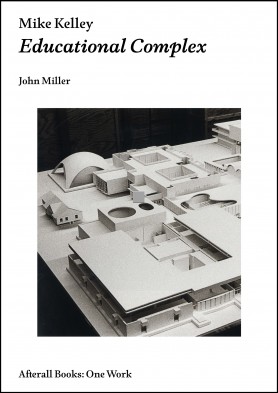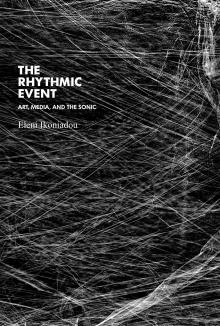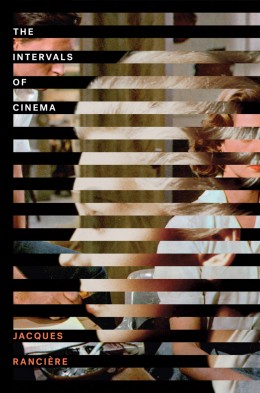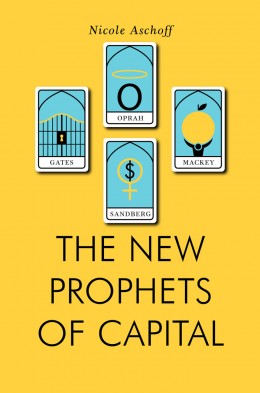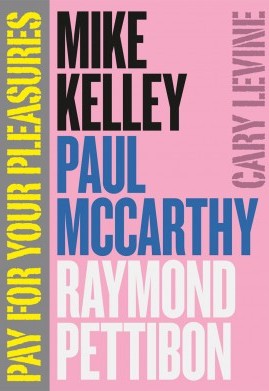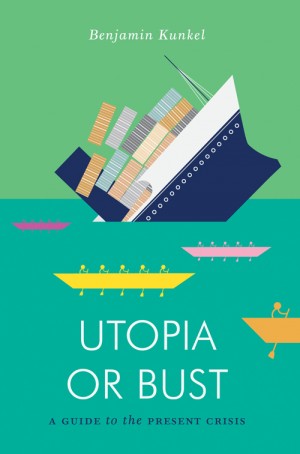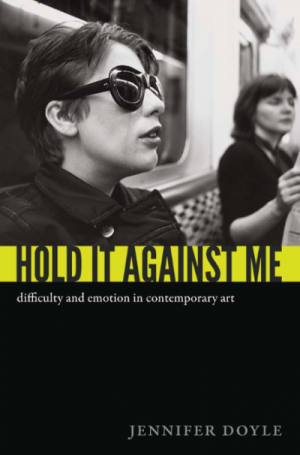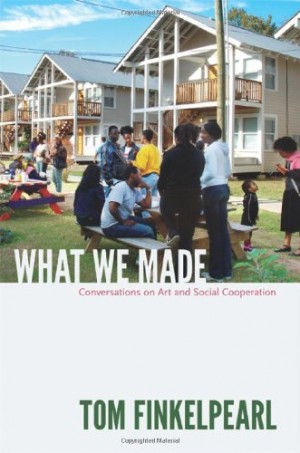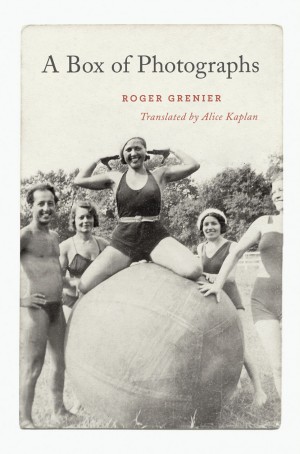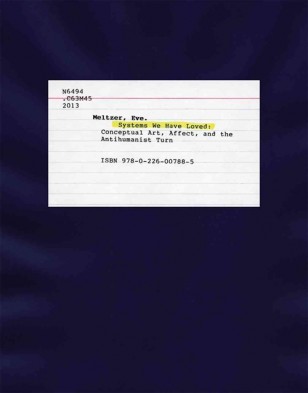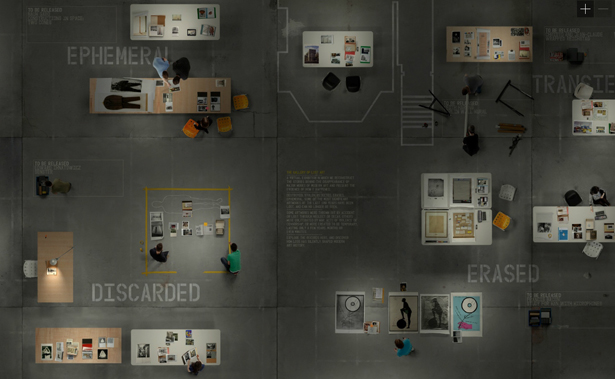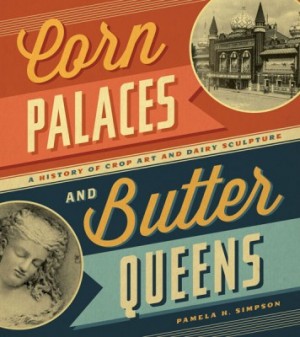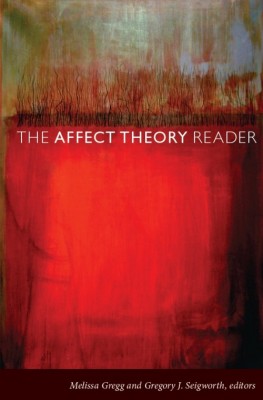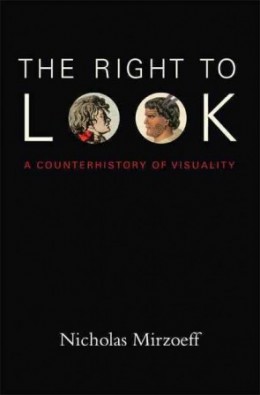Mike Kelley: Educational Complex
Reviewed by Kirin Wachter-Grene, New York University Miller, John. Mike Kelley: Educational Complex. London: Afterall Books, 2015. Paperback. 124 pp. John Miller’s monograph Mike Kelley: Educational Complex is part of the Afterall Books One Work series, which claims, “a single work of art can literally transform, however modestly, the way we look at and understand the world.” Indeed, one of Miller’s crucial insights is the extent to which the late contemporary artist Mike Kelley was a master of institutional critique, inspiring his viewer to question the social order inherent to education and subject formation. Educational Complex, the centerpiece of Kelley’s 1995 show “Toward a Utopian Arts Complex” presented at New York’s Metro Pictures gallery—now residing in the Whitney Museum’s permanent collection—is an all-white 57 3/4 × 192 3/16 × 96 1/8 in architectural model. The form evokes institutionalism, and the ghostlike appearance implies forgotten spaces, memory, and trauma, real or imagined. The model is an amalgam of what Kelley could remember of the floor plans of the schools he attended from elementary through CalArts, as well as his …

